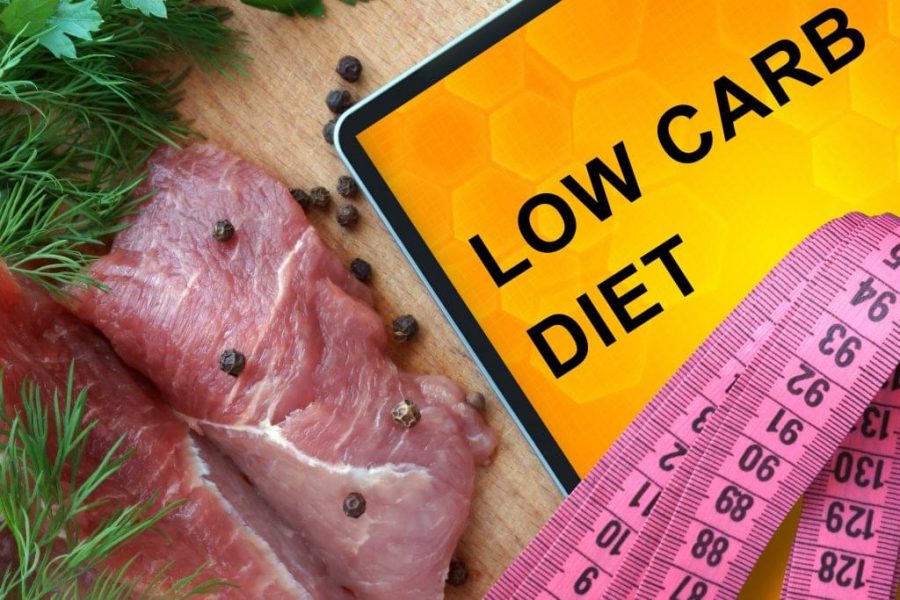Treating Common Ketogenic Diet Side Effects
Ketogenic Diet Side Effects | Ketogenic Diet Negative Side Effects | Ketosis Diet Side Effects Adults | Ketogenic Diet Long Term Side Effects
 If you are just starting on a ketogenic diet, you are probably experiencing some odd things happening in your body. Don’t panic, these are common side effects of ingesting the low amount of carbohydrates. You feel them because your body is adjusting to the new diet. However, these ketogenic diet side effects can still bring you some discomfort and can interrupt your daily activities. It is advisable that you know all the possible side effects of the diet and how you can treat them right away.
If you are just starting on a ketogenic diet, you are probably experiencing some odd things happening in your body. Don’t panic, these are common side effects of ingesting the low amount of carbohydrates. You feel them because your body is adjusting to the new diet. However, these ketogenic diet side effects can still bring you some discomfort and can interrupt your daily activities. It is advisable that you know all the possible side effects of the diet and how you can treat them right away.
The best thing to do when experiencing any negative effect during a keto diet is to intake more water and salt. Doing so will reduce, or entirely remove, the side effects in less than 30 minutes. It is recommended to start drinking more water and salt before starting on a keto diet, just so your body is prepared. However, there are still some things you can do when you feel these specific ketogenic diet side effects:
1. Take Magnesium Supplement for Leg Cramps
Leg Cramps happen on a keto diet because of magnesium loss in your system. You do not want this to happen, especially if you often engage in physical activities. For 20 days, take 3 magnesium tablets when you start to feel cramping in your legs. After that, consume 1 tablet for the succeeding days.
 2. Eat More Fat When You Experience Induction Flu
2. Eat More Fat When You Experience Induction Flu
You will surely experience the most common of ketogenic diet side effects, the induction flu. The induction flu, also known as the Keto flu, carries symptoms similar to the common flu like a headache, nausea, tiredness, lethargy, confusion, and irritability. The good thing is it will go away after a few days. Aside from drinking water with salt, try to eat more fat to satisfy your hunger and help the flu to disappear quicker. Increasing your fat intake will help your body adjust to the low-carb diet.
3. Consume Fiber-Rich Food for Constipation
Another part of your body that will need time to adjust to keto diet is the digestive system. Feeling constipated is normal, especially if you are a first-timer in low-carb eating. The best way to cure this is to eat plenty of high-fiber foods, like vegetables, berries, and seeds. Fiber will help your intestines function better. If this still does not help and constipation persists, you can drink Milk of Magnesia.
4. Apply Fresheners to Mask the Bad Breath
As we know, ketogenic diet involves the burning of fats to turn into ketones, which will supply energy to the brain and body. A ketone body called ‘acetone’ produces a not-so-good smell on your breath, and sometimes on your body when you sweat. Like the other ketogenic diet side-effects, bad breath will also cease as soon as your body gets used to the new diet. However, it will be very useful to use breath fresheners to mask the odor. You should also maintain good oral hygiene.
5. Exercise More to Improve Physical Performance
If you are into sports or other physical activities, you will notice a decline in your performance. This will happen because there are fewer carbohydrates in your system, from which the body gets energy. It will take weeks for your system to adjust to having fats as the source of energy. However, you can shorten this period by doing more regular exercise, so that your body can adapt right away to fat burning.
6. More Liquid and Salt Intake for Heart Palpitations
 While on a keto diet, you might experience sudden heart palpitations once in a while. Don’t worry: you aren’t having a nervous breakdown or a heart condition. This is just normal for a low carbohydrates diet. Your heart is just pumping harder to maintain blood pressure because there is a decrease of fluid in your bloodstream. The best thing to do is drink plenty of water with salt, so you are well hydrated.
While on a keto diet, you might experience sudden heart palpitations once in a while. Don’t worry: you aren’t having a nervous breakdown or a heart condition. This is just normal for a low carbohydrates diet. Your heart is just pumping harder to maintain blood pressure because there is a decrease of fluid in your bloodstream. The best thing to do is drink plenty of water with salt, so you are well hydrated.
However, it is important to note that heart palpitations can also be caused by low sugar level or low blood pressure. If you have a history of diabetes or high blood pressure, make sure to consult your physician before going further on a keto diet. Frequently monitor your blood pressure and blood sugar level, so you can take your prescribed medications if necessary.
Aside from increasing your water and salt intake, another practical solution to all these common ketogenic diet side effects is to slightly increase your carb consumption. Although it defeats the purpose of your keto diet, you can always do so if ever you feel that the side effects have become unbearable. However, you should remember that these effects are just temporary. If you follow your low-carb intake despite the side effects, you will see better results of your ketogenic diet.
Ketogenic Diet Side Effects | Ketogenic Diet Negative Side Effects | Ketosis Diet Side Effects Adults | Ketogenic Diet Long Term Side Effects














